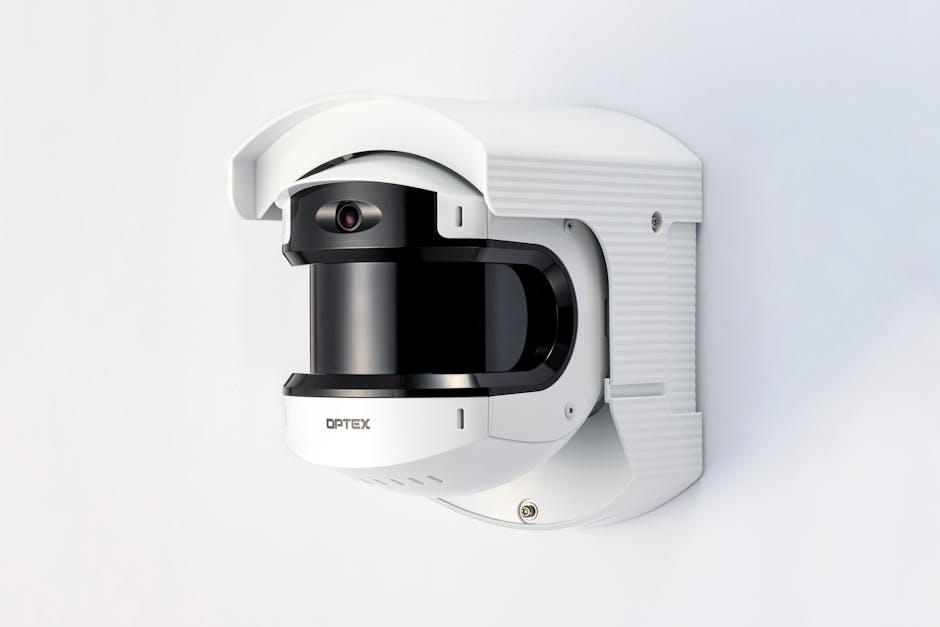Understanding Commercial Security Integration Benefits and Importance
Understanding Commercial Security Integration Benefits and Importance
Blog Article

In a world where security is paramount for businesses of all sizes, the integration of various security systems has become increasingly essential. commercial security integration allows companies to create a cohesive and comprehensive approach to safeguarding their assets, employees, and customers. By combining different security measures into a single, streamlined system, businesses can enhance their ability to prevent incidents and respond effectively when issues arise. Understanding the importance and benefits of this integration is crucial for any organization looking to bolster its security posture.
Understanding Commercial Security Integration: Benefits and Importance
Commercial security integration involves the unification of various security technologies, such as surveillance cameras, access control systems, and alarm systems, into a singular framework that allows for better management and monitoring. The significance of this approach cannot be overstated. A well-integrated security system not only enhances the overall safety of a business but also optimizes operational efficiency. When security measures are disconnected, it can lead to gaps in coverage and delayed responses to incidents. In contrast, a comprehensive integrated system provides real-time data and insights, enabling swift decision-making and action.
Key Components of a Comprehensive Security System
To fully appreciate the value of commercial security integration, it is essential to understand its key components. Each element plays a critical role in creating a robust security framework:
Surveillance Systems
Surveillance cameras serve as the eyes of a security system, capturing video footage of premises and monitoring activities. Modern surveillance systems can offer high-definition video, night vision capabilities, and remote access, making it easier to keep an eye on operations from anywhere. Integrating these cameras with other security measures ensures that video feeds can be cross-referenced with access control logs and alarm notifications.
Access Control Systems
Access control systems regulate who can enter specific areas within a facility. They may use keycards, biometric scanners, or mobile credentials to grant access. By integrating access control with surveillance systems, businesses can monitor who enters and exits their premises, receive alerts for unauthorized access, and maintain detailed logs for auditing purposes.
Alarm Systems
Alarm systems act as a frontline defense against threats, alerting personnel to potential breaches or emergencies. These systems can be integrated with surveillance and access control to provide a comprehensive response plan. For example, if an alarm is triggered, the surveillance system can automatically focus on the affected area, providing live feeds to security personnel for quick assessment.
Benefits of Effective Integration
The advantages of effective commercial security integration extend beyond just enhanced safety. Some notable benefits include:
- Improved Incident Response: With all systems communicating seamlessly, businesses can respond more quickly to security breaches or emergencies.
- Increased Operational Efficiency: Integrated systems reduce the complexity of managing multiple security technologies, allowing staff to focus on their core responsibilities.
- Cost Savings: By consolidating security measures, businesses can reduce redundancies and potentially lower overall security costs.
- Enhanced Data Analysis: Integration allows for better data collection and analysis, enabling businesses to identify trends, vulnerabilities, and areas for improvement.
Choosing the Right Security Integration Solutions for Your Business
When selecting integration solutions for commercial security, it is essential to consider several factors to ensure that they align with your business needs:
- Assess Security Requirements: Evaluate the unique security challenges your business faces and identify what systems will best address those needs.
- Scalability: Choose solutions that can grow with your business, allowing for the addition of new technologies as needed.
- User-Friendly Interfaces: Opt for systems that provide intuitive interfaces for easy management and monitoring.
- Vendor Reputation: Research potential providers and their track records to ensure reliability and support.
For businesses looking to enhance their security through commercial security integration, exploring options for surveillance cameras and related technologies is a critical step. By understanding the components and benefits of a comprehensive security system, organizations can make informed decisions that safeguard their assets and promote a safe working environment.
For further assistance in selecting the right surveillance solutions, consider visiting this resource that can help guide your choices.
Report this page